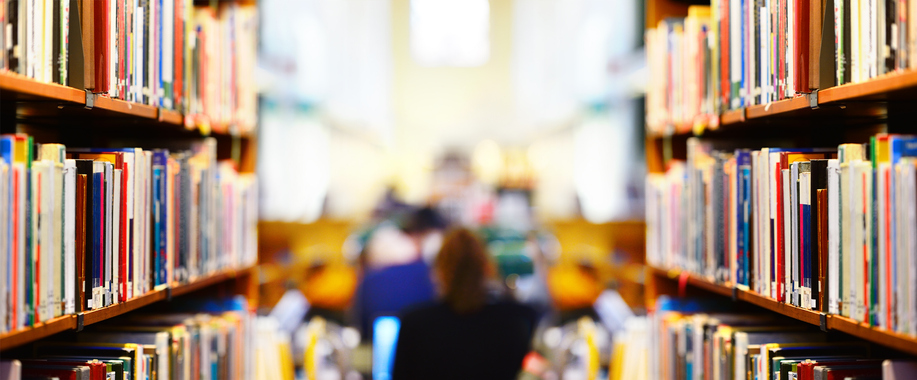Some of the most dramatic changes in recent history have been in how we develop, seek, obtain, and disseminate information. Libraries, sometimes originally established as repositories for physical books, have evolved to keep pace with today’s needs.
The advent of ebooks and other digitalizations has opened many offerings to library users. Services such as Overdrive, Kanopy, and Pressreader, to name just a few, make millions of ebooks, audiobooks, databases and online courses readily available to library patrons — often from great distances. Many libraries also work toward creating their own digital archives, exhibits, and resources.
While one might think that library physical locations would become less important as a result of these changes, many systems have discovered the opposite is true. Library systems and their branches are often uniquely positioned to encourage the development of groups and serve needs of specific populations. Members of public libraries can learn more about a new location and meet other area newcomers, enjoy meals with discussion groups, participate in events designed for children and families, use space and equipment for telecommuting and developing entrepreneurial initiatives, familiarize themselves with up-to-date technology and research, and take advantage of many other newer offerings designed to advance knowledge and build local community.
Here are four public libraries from around the world that offer a wealth of resources to their users:
Melbourne, Australia
Founded in 1854, State Library Victoria is Australia’s oldest public library. It occupies a full city block, and its space includes The Wheeler Centre for Books, Writing and Ideas. Membership is open to residents throughout Victoria. While State Library is not a lending library, its members can access over 5 million books, photographs, documents, and other materials — and borrow from a library of 16,000 ebooks. State Library also maintains relationships with public libraries throughout Victoria and abroad, and hosts communities and activities for all ages and interests. Many talks and presentations held on site are later available to the general public for viewing online, as are exhibitions, research guides, and even open data sets.
New York, USA
Perhaps best known for its location on the corner of 42nd Street and Fifth Avenue guarded by two large stone lion statues, NYPL also serves 17 million patrons from another 91 physical locations throughout Manhattan, the Bronx, and Staten Island. (While Brooklyn and Queens residents are welcome, these two boroughs of the city have their own library systems.) More than 93,000 programs are offered annually, including English language education, job search support, technology skills, art classes, hobby clubs, after school programs for children, and even exercise. Many are free of charge. NYPL patrons also have access to other services. SimplyE allows for quick and easy downloads from NYPL’s collection of over 300,000 ebooks, movies, and periodicals. Culture Pass offers free admission to area cultural institutions. Ongoing public projects, such as transcribing of audio recordings and text on digital images, are among many volunteer opportunities. Membership to the NYPL is open to those who live, work, and/or pay property taxes in New York State, and temporary memberships are available to visitors from elsewhere
Openbare Bibliotheek Amsterdam
Amsterdam, the Netherlands
Twenty-six branches of the OBA serve Amsterdam, Diemen and Ouder Amstel. In addition to robust online and media collections, the OBA has much to offer its members. English language programs and groups are available throughout the system, as are programs for Dutch language education. The central library, located on the Oosterdokseiland in Amsterdam, has cultivated partnerships with Alliance Francaise and Instituto Cervantes. It also offers a unique program called Studyshare. Modeled after the popular “Pomodoro” method of time management, Studyshare participants enter a shared quiet space for a three hour “block.” Each block consists of three periods of study lasting 45 minutes each, with 15 minute breaks between, with each change marked by the ringing of a bell.
Singapore
The National Library Board oversees 27 national, regional, and local libraries throughout Singapore. Memberships are available to residents and to foreigners. Materials and programs are available in the country’s four official languages: English, Chinese, Malay, and Tamil. The NLB offers in-person and online exhibitions, regular research about national reading habits, and recommendation guides for children, teens, adults, and seniors. Courses and activities focused on professional skills, history, creative arts and business topics are frequently and widely available throughout the system. “Play@Library” is a series designed for children and parents, and “STAR” (Seniors Tech and Read) courses help older members to advance their computer and Internet skills.
These examples are brief summaries! When evaluating the libraries to which you have membership, keep in mind that some advice has stayed the same: often, the best guide to a library is a librarian who can listen to your needs, and point you in the right directions.


